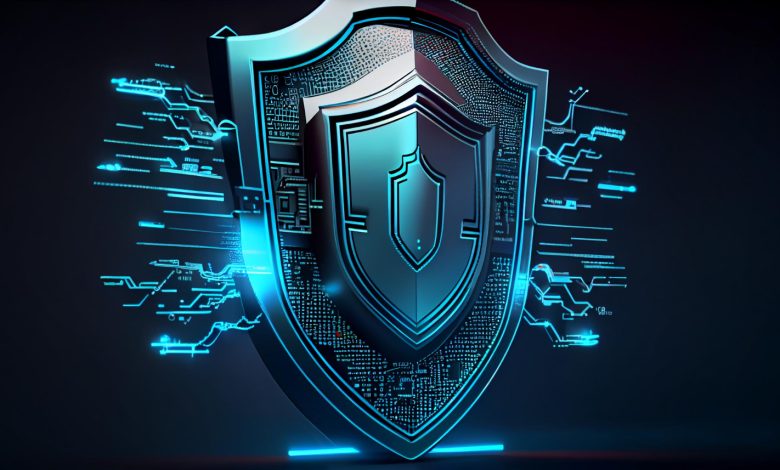LogRhythm Survey: Nearly Half Faced Customer Doubts, Leading to Security Overhaul in APAC

New research from LogRhythm, the company helping security teams stop breaches by turning disconnected data and signals into trustworthy insights, revealed that while most security executives in the Asia Pacific (APAC) region view their cybersecurity defence positively, nearly half have lost deals due to customers’ lack of confidence in their strategy in the last 18 months.
In APAC, 85% of security executives rated their cybersecurity defence as good or excellent. Yet, 46% of companies faced customer confidence issues, prompting over 9 in 10 to adjust their cybersecurity strategy. Of companies that have lost deals due to customer confidence issues, 72% indicated that it happened in the last 18 months. This highlights a disconnect between security executives and their customers on the effectiveness of their cybersecurity defence, suggesting gaps in meeting customer expectations for data protection.
LogRhythm’s 2024 State of the Security Team: Navigating Constant Change Research Report explores the insights of security professionals around external factors affecting security strategy, alongside reporting capabilities and overall security communication effectiveness within the business. The study presents findings from 1,176 cybersecurity professionals and executives globally, including Singapore, Malaysia, Indonesia, Japan, India, and Australia & New Zealand in the APAC region.
Adapting to the dynamic threat landscape
In response to the dynamic threat landscape, 98% of APAC respondents highlighted that they have changed their company security strategy in the last 12 months. AI utilisation (77%) for threat management and new security solutions was cited as the primary driver for change, with Indonesia leading this trend at 86%, the highest in APAC. Other reasons include changing regulations or compliance requirements (66%), new attack types (58%), and budget changes (48%).
Communication gap remains between security teams and non-security executives
The study also uncovered a rise in expectations for senior leaders to be accountable for security breaches, with 80% stating that cybersecurity leaders and CEOs should ultimately bear the responsibility for protecting against and responding to cyber incidents.
Across the APAC region, this sentiment is most prominent in Japan, where 96% of respondents hold this view. The findings give credence that cybersecurity is now recognised as an integral component of business strategy and corporate governance, shifting away from its previous perception as a purely technical concern.
However, while executives are now expected to have greater responsibility over cybersecurity breaches, there remains a gap in communication between security teams and non-security executives. This disparity exists despite APAC cybersecurity teams, indicating that 90% possess the right tools to easily communicate the current security status to key stakeholders across teams, higher than the global average of 81%.
Specifically, 59% of APAC respondents faced difficulties in conveying the importance of particular security measures to non-technical executives. Meanwhile, only 61% agreed that non-security executives understand the company’s regulatory obligations. This communication barrier can result in misunderstandings regarding the value of investments in cybersecurity, potentially impacting the organisation’s readiness and response capabilities.
Budgets are increasing, yet metrics to measure impact are lacking
As businesses strive to protect themselves from evolving threats, their investments in cybersecurity are mirroring this effort. 84% of APAC respondents have noted an increase in their company’s cybersecurity budget in response to the changing threat landscape, higher than the global average of 76%. Furthermore, 84% expressed confidence in having the necessary resources — such as tools, personnel, expertise, and budget — to safeguard their company from cyberattacks.
When assessing the impact of these investments, security teams who experienced challenges in explaining the need for a specific security solution to non-security stakeholders, often fail to report on key operational metrics that determine the measurable impact of security investments and strategy adjustments. To this end, security reports mostly focused on critical data like breaches (75%), incidents (68%), and security risks (67%). Security operational metrics, such as time to detect (57%), time to respond (63%), and time to recover (47%) are featured less significantly in these reports.
Moreover, the majority of security teams are still relying on manual and time-intensive approaches to share security status information, including static reports (84%), meetings (76%), and emails (67%). This highlights a concern, given that to maintain effective communication, security teams need to be armed with improved case management metrics and advanced analytics to make informed decisions quickly.
“The evolving role of cybersecurity leadership reflects a fundamental shift in how organisations view and manage cyber risk,” said Andrew Hollister, Chief Information Security Officer at LogRhythm. “Today’s threat environment demands a collaborative approach, with senior executives working hand-in-hand with security professionals to understand the risks, make well-informed, strategic decisions, and allocate the necessary resources to safeguard the organisation and its clients.”
“Our latest research reflects the ambitions of APAC organisations to keep pace with the region’s advanced digitisation efforts by ramping up their cybersecurity investments. However, APAC security teams continue to face challenges like communication gaps and the lack of metrics to measure the impact of cybersecurity investments, despite increasing budgets,” said Yen Nee Si, Country Manager for Asia at LogRhythm.
“To overcome these challenges, organisations can facilitate collaboration opportunities between security and non-security teams and foster a shared understanding of each team’s requirements and responsibilities to streamline and enhance overall operational efficiency across different departments. Increased investments in cybersecurity solutions can also be complemented by employing automation technologies for reporting, which liberates teams from manual tasks to focus on higher-value work. This enables seamless communication among stakeholders, with ready access to real-time data on demand,” added Si.




